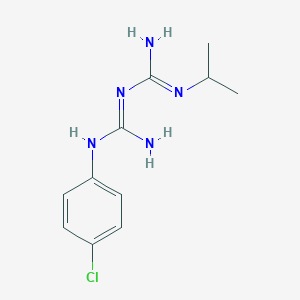Prophylaxis of malaria
Adult: 200 mg daily. Start chemoprophylaxis for travellers 1 wk before exposure to malaria, or 1-2 days prior to travel. Continue admin throughout exposure and for at least 4 wk (or 1 wk if given w/ atovaquone) after leaving a malaria-infested area.
Child: <1 yr 25 mg daily; 1-4 yr 50 mg daily; 5-8 yr 100 mg daily; 9-14 yr 150 mg daily; >14 yr Same as adult dose. Start at least 2 days before entering the malarious area and continue for the whole period of stay and 4 wk after leaving the area.
Child: <1 yr 25 mg daily; 1-4 yr 50 mg daily; 5-8 yr 100 mg daily; 9-14 yr 150 mg daily; >14 yr Same as adult dose. Start at least 2 days before entering the malarious area and continue for the whole period of stay and 4 wk after leaving the area.




 Sign Out
Sign Out




